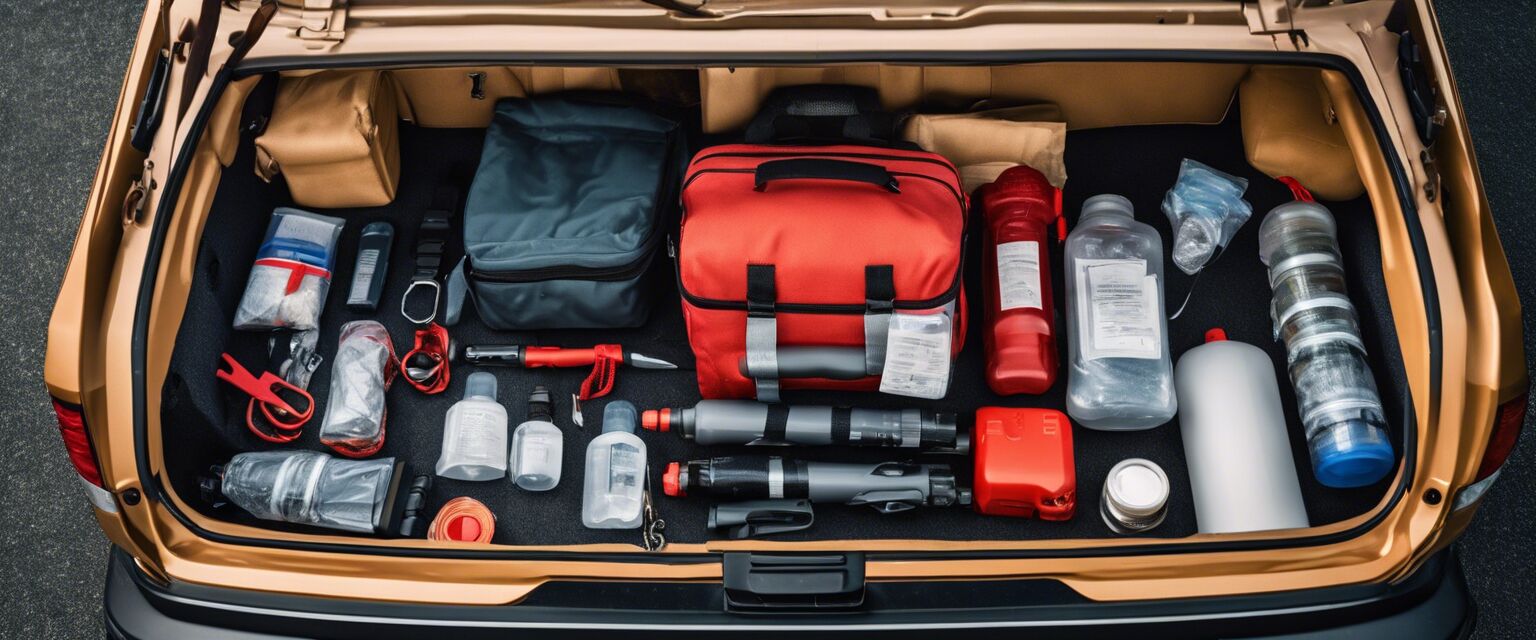
Tire Safety and Maintenance
Key Takeaways
- Regular tire checks can prevent accidents and ensure safety.
- Understanding tread depth and tire pressure is essential.
- Rotating tires enhances their lifespan and performance.
- Proper alignment and balancing improve vehicle handling.
- Choosing the right tires for your vehicle type is crucial.
Tires are a critical component of vehicle safety, particularly for families on the road. This guide will help you understand how to select, maintain, and check your tires to keep your family vehicle safe. From understanding tire specifications to recognizing when to replace them, this comprehensive article will cover everything you need to know about tire safety and maintenance.
Understanding tire specifications
Before diving into maintenance, it's important to understand tire specifications. Here are the key aspects:
| Specification | Description |
|---|---|
| Tread Depth | The depth of the grooves in the tire tread, which affects traction. |
| Load Index | The maximum weight a tire can support. |
| Speed Rating | The maximum speed a tire can safely maintain. |
| Tire Type | Options include all-season, winter, and performance tires. |
Checking tire pressure
Maintaining the proper tire pressure is crucial for safety and fuel efficiency. Follow these steps to check your tire pressure:
- Use a reliable tire pressure gauge.
- Check the recommended pressure listed on the driverâs side door jamb.
- Measure the pressure when the tires are cold.
- Adjust pressure as necessary, adding air or releasing it.

Maintaining tread depth
Tread depth is essential for ensuring proper grip on the road. Hereâs how to check it:
- Use a tread depth gauge or the penny test: insert a penny into the tread. If you can see Lincoln's entire head, it's time for new tires.
- Perform regular visual inspections for uneven wear.
Rotating and aligning tires
Regularly rotating your tires helps them wear evenly. Here are some guidelines:
| Rotation Frequency | Type of Drive | Recommended Interval |
|---|---|---|
| Every 5,000 to 7,500 miles | All-wheel drive | Every 5,000 to 7,500 miles |
| Every 6,000 to 8,000 miles | Front-wheel drive | Every 6,000 to 8,000 miles |
| Every 7,500 to 10,000 miles | Rear-wheel drive | Every 7,500 to 10,000 miles |
Additionally, proper alignment ensures that your tires wear evenly and your vehicle handles correctly. Consider a professional alignment check every 6 months.
Signs of tire wear
Recognizing signs of tire wear can prevent accidents:
- Bald spots or uneven patches on the tire surface.
- Cracks or bulges on the sidewalls.
- Vibration while driving or a pull to one side.

Choosing the right tires for your vehicle
When selecting tires, consider:
- Your vehicle's specifications and requirements.
- The driving conditions you will face (rain, snow, off-road).
- Your budget and the lifespan of the tires.
For more information on choosing the right tires, check out our Tire Safety Products page.
Conclusion
Maintaining tire safety is vital for family vehicle safety. Regular checks, appropriate tire selection, and understanding maintenance practices can significantly enhance your driving experience and ensure the safety of your loved ones on the road.
Tips for beginners
- Always keep a tire pressure gauge in your vehicle.
- Know the recommended tire pressure for your vehicle.
- Learn how to change a tire in case of emergencies.
- Get your tires checked at least twice a year by a professional.
Pros
- Enhances vehicle safety and fuel efficiency.
- Reduces the risk of tire blowouts.
- Increases the lifespan of your tires.
- Improves overall vehicle handling.
Cons
- Regular maintenance can be time-consuming.
- Professional services may incur additional costs.








